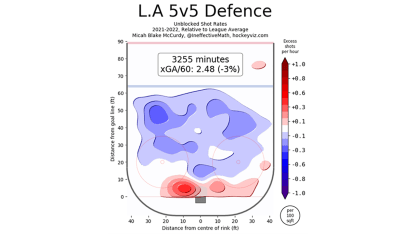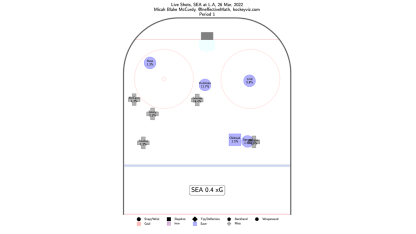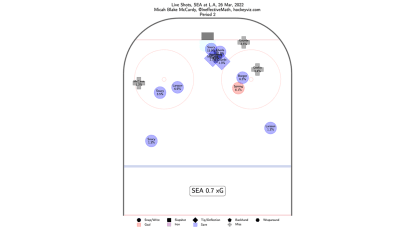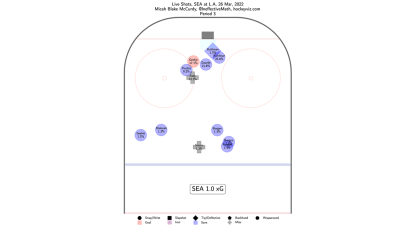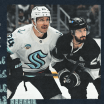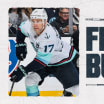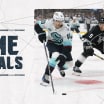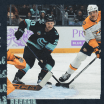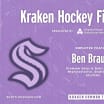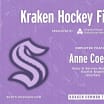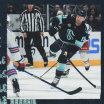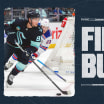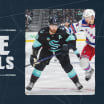But every once in a while, the hockey schedule gods smile on us, and a little mini-series of games occur where two teams face off a couple times in a row or in dates close together. In these instances, you get a taste of tailoring your attack to an opponent you're seeing multiple times in a row. Monday's game against the Kings is just one example. Seattle and L.A. will face off again after playing against one another just 48 hours before.
So, what can the Kraken learn from Saturday's game and are there signs they can play more effectively against Los Angeles?
Let's dig in.
Let's start with how Los Angeles likes to play. Defense is their strength. They are top five in the league in terms of stifling shot attempts, shots on net, slot passes, rush chances, cycle chances and rebound chances (per Sportlogiq).
These are all things Dave Hakstol commented on being impactful in his postgame comments Saturday.
"(The Kings are) hard to play against," Hakstol said. "They don't allow any inside ice very easily. You have to work for your inside possession."
So much of this hinges on the Kings' 1-3-1 defensive system, which makes the trip through the neutral zone perilous because opponents can't get through the three-player alignment that Los Angeles presents in the neutral zone. There's a good explainer of this system

